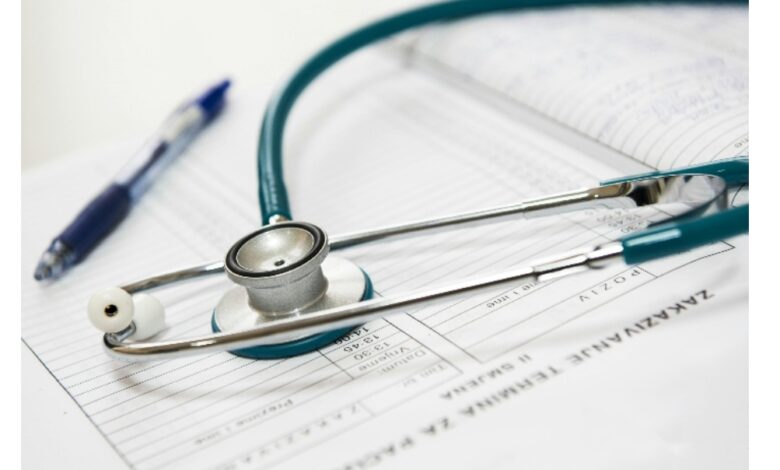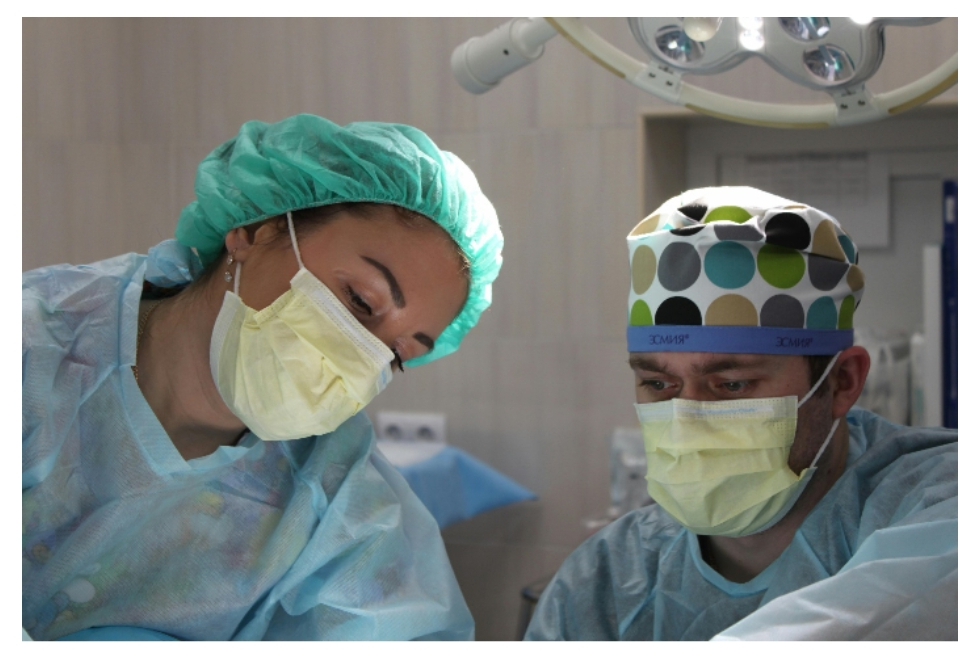Top 10 Innovations in Medical Technology for Doctors and Dentists

The medical field has had many innovations in the past few years – let alone the past decade. Doctors, dentists, and other professionals alike all make use of them. What are the ten best, though?
Obviously, there’s some subjectivity here. Still, let’s take a look at the top ten innovations in medical technology. You might be surprised by some of what you find!
Ten: AI in Diagnostics
We’ll start off with one that just barely scrapes its way onto this list. Artificial intelligence tools are valuable in this field. They can help with diagnosing patients.
We can read about that in articles like this one. The main idea is that machines and AI models can examine X-rays or MRIs. They can then recognize some patterns that may not be visible to the human eye. Still, they’re something to employ with caution.
Nine: Robot-Assisted Surgery
Surgery is complex. Most of us know this. That’s why this sort of technology can be so useful in this context.
Minimally invasive robotic systems allow surgeons to perform these complex operations while reducing recovery time. This is because of the heightened precision in these assisted operations. Overall, it increases the chance of positive outcomes.
Eight: 3D Printing
Out of all of the entries here, this one may be the most surprising to some people. However, 3D printing has had a huge impact on the medical field. It’s useful to doctors and dentists alike.
3D printing can help create dental implants, crowns, braces, and other prosthetics. It can also be used to create anatomical models.
Seven: Wearable Health Devices
Fitness bracelets and watches are surprisingly beneficial. They can track vital signs, physical activity, and other health indicators. This is all done in real time.
Doctors are able to use this data to help treat patients. While we may not think of this point often, they definitely deserve a spot in the top ten.
Six: Telemedicine Platforms
Undeniably, this is one of the most important innovations. You can read more about it here: https://24x7doctorsansweringservice.com/, but the overall idea is that these platforms allow for medical professionals to treat more patients. How does that work?
Typically, these platforms have a variety of features. Some examples include video consultations, remote monitoring, and secure messaging. These platforms take great care to stay HIPAA compliant.
The main purpose is to help provide patients access to health care even after normal hours have passed. It also allows for those in rural areas to have better access to medical professionals even when they may not normally get it. All in all, it’s not hard to see why this is a valuable innovation.
Five: Electronic Health Records
Paperwork can be a real pain. Trying to keep track of it all is stressful. Having access to electronic health records (EHR) makes things easier for doctors and patients alike.
Four: VR and AR in Medical Training
Training medical and dental students can be a bit difficult. Let’s face it, allowing students who are relatively untested in real-world scenarios to work with patients right away is risky. AR and VR experiences offer an alternative to this.
They offer safe and controlled environments. These are both critical for training students. After all, it allows them to practice procedures and interactions with patients without real risk to anyone involved.
Three: Point of Care Testing
This sort of technology allows for rapid testing. Essentially, doctors, nurses, and dentists can quickly test for a wide variety of conditions. What makes this so helpful?
Well, for the most part, it’s that it allows for quick results. Sometimes the results are even immediate. In turn, clinicians are able to act faster in responding to those results.
Two: Intraoral Scanners
For the most part, these are devices used in dentistry. Still, they’re one of the most useful and important ones. That’s why they got our number two spot.
They provide high-resolution digital scans of patients’ mouths. This improves the accuracy of restorations as well as orthodontic treatments. It also helps to enhance patient comfort along the way.
One: Genomics and Personalized Medicine
This is something that has truly revolutionized the medical fields. Essentially, the idea is that the genomic data of patients is provided to their clinicians. In turn, they are able to provide much more personalized care.
What are some of the specifics there? Well, there is a lot to consider of course. The idea is that doctors, dentists, and other professionals can create personalized treatment plans based on this data.
Overall, we’ve made great strides in improving the medical field. The innovations are incredible to see. While we technically ranked these in a list, make no mistake: they’re all very important parts of the puzzle here.
After all, they’ve all worked to reshape the medical and dental practice landscape.



